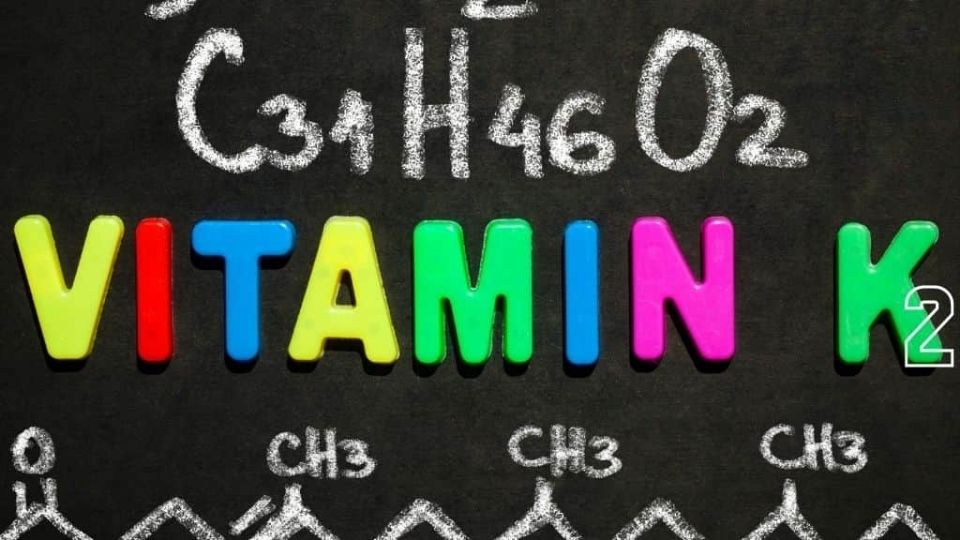Glucose Production and Use
Glucose, a simple sugar made of Carbon, Hydrogen, and Oxygen (C6H12O6), is one of the body’s primary energy sources and is used in multiple different pathways for this purpose.
The ATP produced by the breakdown of Glucose can fuel nearly all of the body’s mechanisms that require energy and aid in cellular respiration. Glucose can enter the body like other sugars (such as Fructose and Lactose) or Starches and travel through the blood to tissues that need it. There are a few different methods for producing Glucose.
The first one, glycogenolysis, is the primary mechanism and breaks down stored Glycogen in the muscle and liver into usable Glucose. Gluconeogenesis is another method that produces Glucose from noncarbohydrate sources such as Lactate. This process is mainly used during exercise. Once Glucose is produced, it is transported to other body areas and broken down further via glycolysis to produce ATP.
Glucose Pros and Cons
Glucose is beneficial in the body because of its use as an energy source and for key functions in the brain. The brain consumes most of the body’s energy, and a lack of energy source and/or Oxygen may lead to brain cell death and permanent damage. The brain relies on Glucose energy to process information and maintain a cell’s membrane potentials.
It is also used in long-term memory formation and is vital for homeostasis. Another benefit of Glucose is that a significant amount of ATP is produced per Glucose molecule. Although the process is not very efficient, it is easily accessible to the body and produces a significant amount of energy for the body.
Having too much or too little Glucose can cause many problems. The high glucose level in the blood causes hyperglycemia and can damage peripheral nerves and blood vessels, affect the ability to heal wounds and cause some organ damage. Hypoglycemia, the result of not having enough glucose in the body, can negatively affect the Central Nervous System and fatigue.
This is why Glucose needs to be regulated by Glucagon and Insulin, two hormones that regulate Glucose transport and the expression of Glucose transport molecules. Moreover, consuming too much Glucose can lead to Insulin resistance and diabetes.
Ketone Production and Use
Ketones (CH3C(O)CH3) are water-soluble fatty molecules that provide fuel for the body. Ketones are composed of two variable parts of the molecule attached to a carbonyl group (a Carbon double-bonded to an Oxygen) on a molecular level. The three types of Ketone bodies are Acetone, Acetoacetate, and Beta-hydroxybutyrate.
Generally, healthy people continuously produce a small number of Ketone bodies that are supplied to the body for energy. Although Glucose is usually the primary source of energy, Ketone production increases when the body does not have enough Carbohydrates/Glucose stored or when the fatty acid concentration in the blood increases.
Such instances of this occurrence would be in some medical conditions, notably diabetes, and alcoholism, and during periods of starvation or fasting. The mechanism by which fatty acids break down to produce Ketone bodies is known as ketogenesis.
The process starts in the mitochondria of liver cells, where fatty acids are brought into the mitochondria and broken down into an Acetyl-CoA molecule, often used for energy production. When two of these molecules are combined, the ketogenic pathway uses a series of enzymes with different functions to form a final product of Acetoacetate.
Acetoacetate can then convert to either Acetone or Beta-hydroxybutyrate depending on the presence of a specific enzyme. The Ketones can then be distributed to other parts of the body and used in other processes, like the Citric acid cycle and oxidative phosphorylation, that convert these bodies into ATP energy.
Ketogenesis is regulated by hormones such as Glucagon, Cortisol, and Thyroid hormones. These cause an increased breakdown of fatty acids to be used for ketogenesis. The primary regulator, however, is Insulin.
Insulin regulates the use of the key enzymes in the ketogenic pathway. When there is a low Insulin level in the body, there is an increase in the number of free fatty acids (FFAs) available and used, resulting in more Ketone body production.
Ketogenic (Keto) Diet
The Keto diet has gained more recognition recently and uses Ketones more often as energy for the body. This diet aims to reduce the consumption of Carbohydrates and replace it with fat. This puts the body into a state called ketosis when the body becomes very efficient at burning fat and using it as fuel once it’s converted into ketones, instead of using Glucose.
People following a Keto diet avoid Carbohydrates, sugary foods, grains, and starches, low-fat products, beans and legumes, and alcohol, among other foods. Instead, people opt for meats, fatty fish, many dairy products, fatty meat, nuts, or seeds. Protein and carb consumption is moderated to avoid these nutrients converting into Glucose.
Some studies suggest that following the Keto diet can have benefits against diabetes, cancer, epilepsy, and Alzheimer’s by reducing blood sugar and Insulin levels and decreasing insulin resistance. A Keto diet can also effective weight loss and lower blood pressure.
However, the Keto diet can be too aggressive for many people. There are various ways to create Ketones in the body without a drastic nutritional change. Other less extreme dietary changes can be to simply monitor how much Carbohydrates or Proteins are being consumed each day rather than removing many foods from a diet entirely.
Intermittent fasting is another option described by eating little to no food during certain times and eating during others. Another option would be to increase physical activity. Many studies have discovered that exercising decreases the body’s Glycogen stores, allowing Ketone production to increase.
Exercising before a meal can increase Ketone levels even higher, and a few weeks later the body can adapt to using ketones as its primary energy source.
Ketone Pros and Cons
It turned out that Ketones are a much better energy source for the brain than Glucose because of their more efficient pathway. When Ketones are used to produce energy using Oxygen, more ATP is produced per molecule with Ketones than with Glucose. In infancy, the brain is more capable of using Ketone bodies because many enzymes for ketogenesis are produced at this time.
Not only are they more efficient, but they can also be used by most organs and tissues in the body as an alternative source of energy. This is beneficial during periods of stress, such as ischemia, trauma, or when Glucose is not readily available, especially in the brain. Increased Ketone production, especially when following the Keto diet, can also eliminate risk factors for some health conditions.
Though many benefits of Ketones are still being researched, they can cause a reduction in seizures for those with epilepsy and could slow tumor growth in cancer (cancer cells consume high levels of Glucose). It may also benefit people with heart disease, Alzheimer’s, or some brain injuries.
However, producing too many Ketones can lead to negative consequences for the body. Intense exercise can be impaired because the overproduction of Ketone bodies inhibits the ability of Carbohydrates to provide fuel for skeletal muscles.
Another issue that can arise is Diabetic Ketoacidosis (DKA), a condition when the body develops insulin resistance. Without Insulin, there is a lack of Glucose brought in by Insulin, and Ketone body levels rise substantially. As a result, patients can become dehydrated or have rapid and deep breaths.
Other symptoms include confusion, nausea, vomiting, and stomach pains. To treat DKA, Glucose, and Insulin need to be administered to downregulate the ketogenic pathway. Those who follow the Keto diet can initially experience their own symptoms, such as diarrhea, constipation, and vomiting.
Summary
Glucose and Ketone bodies are vital for various processes within the body, especially for brain functions. Each is broken down, distributed, and regulated through its pathway, and altering one’s diet can lead to changes in which one molecule is used more.
While Ketones are a better energy source for the brain, both are necessary for cognitive functions, and the lack of regulation of both can lead to negative consequences for the body.








